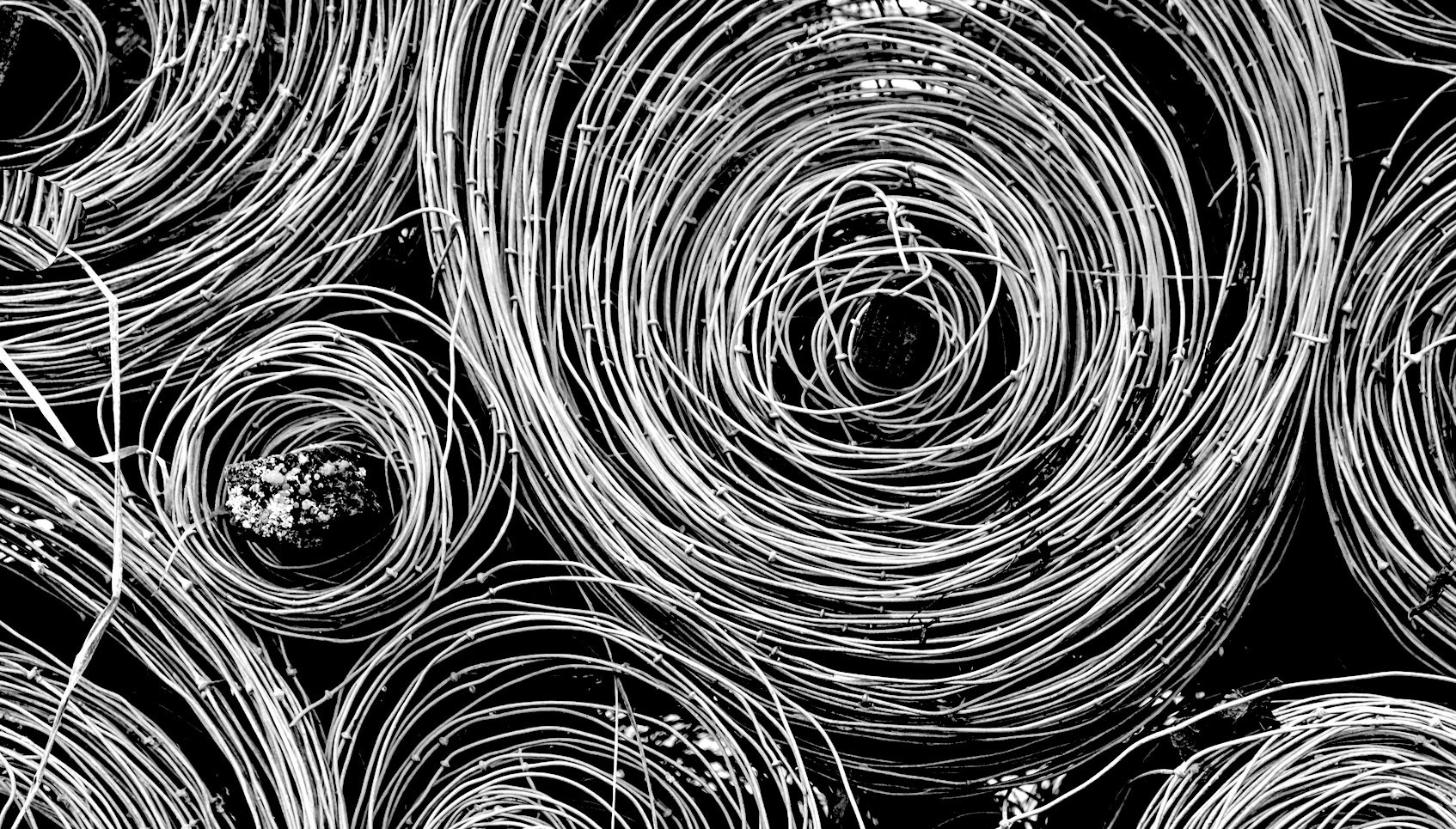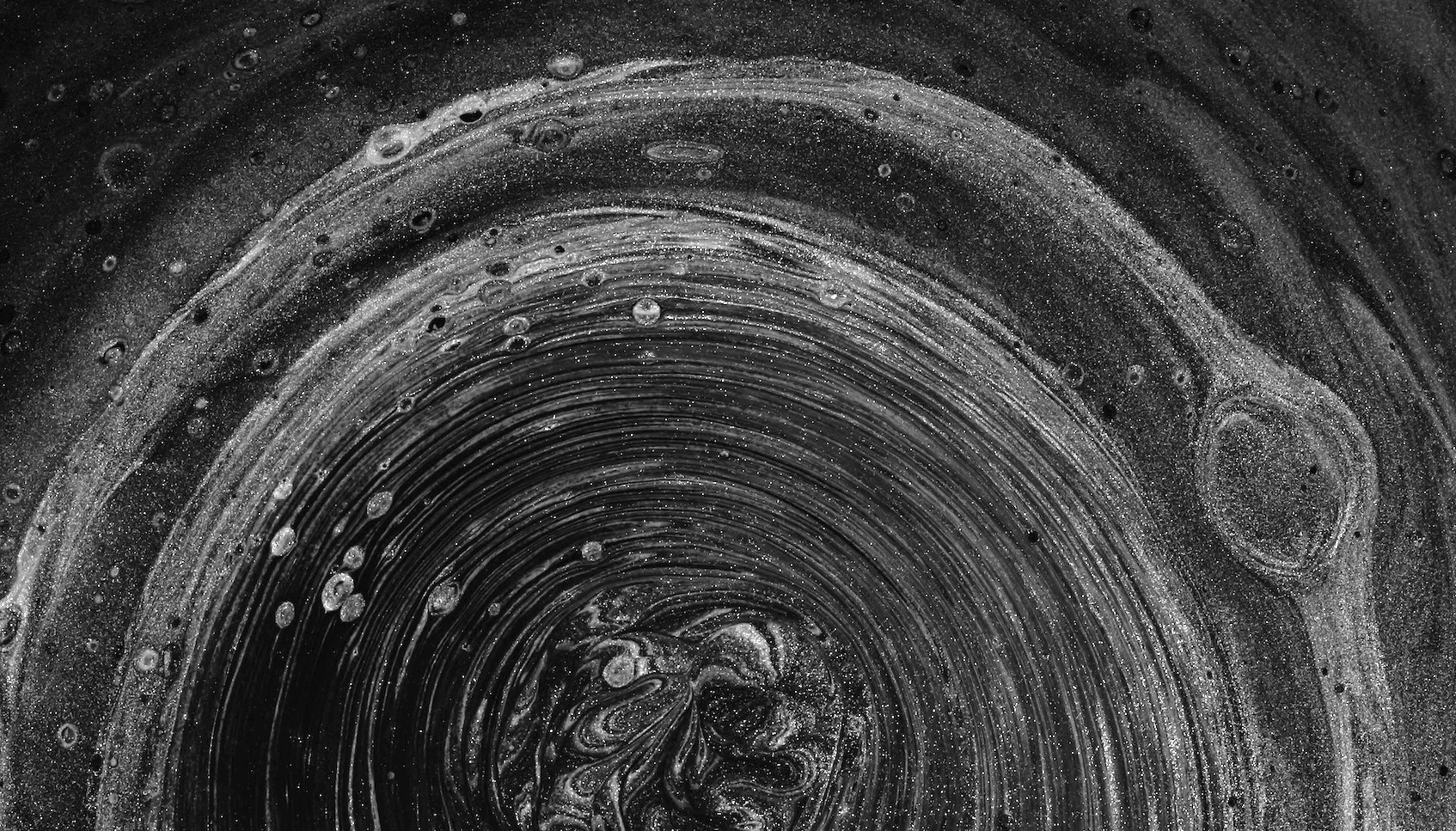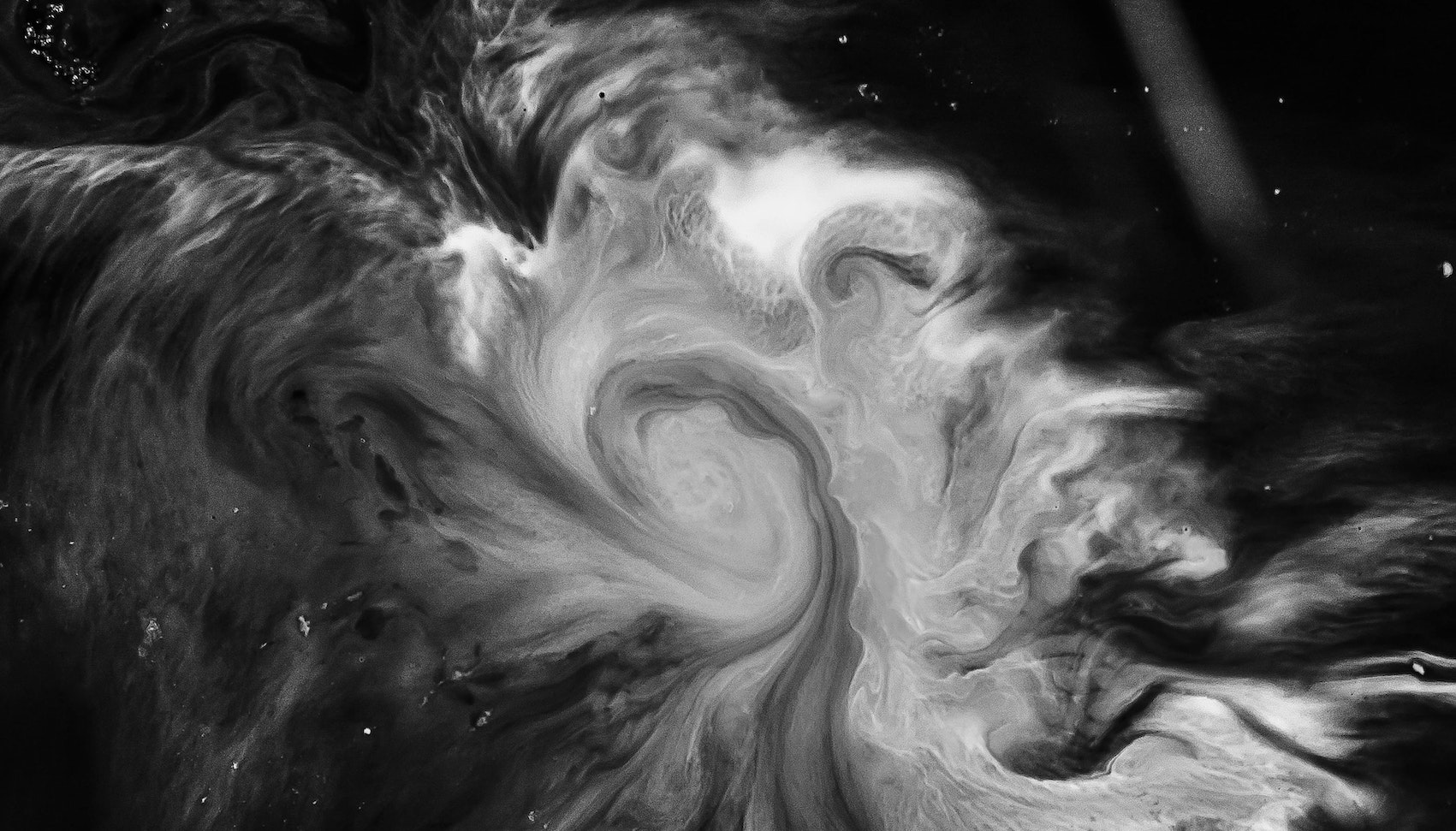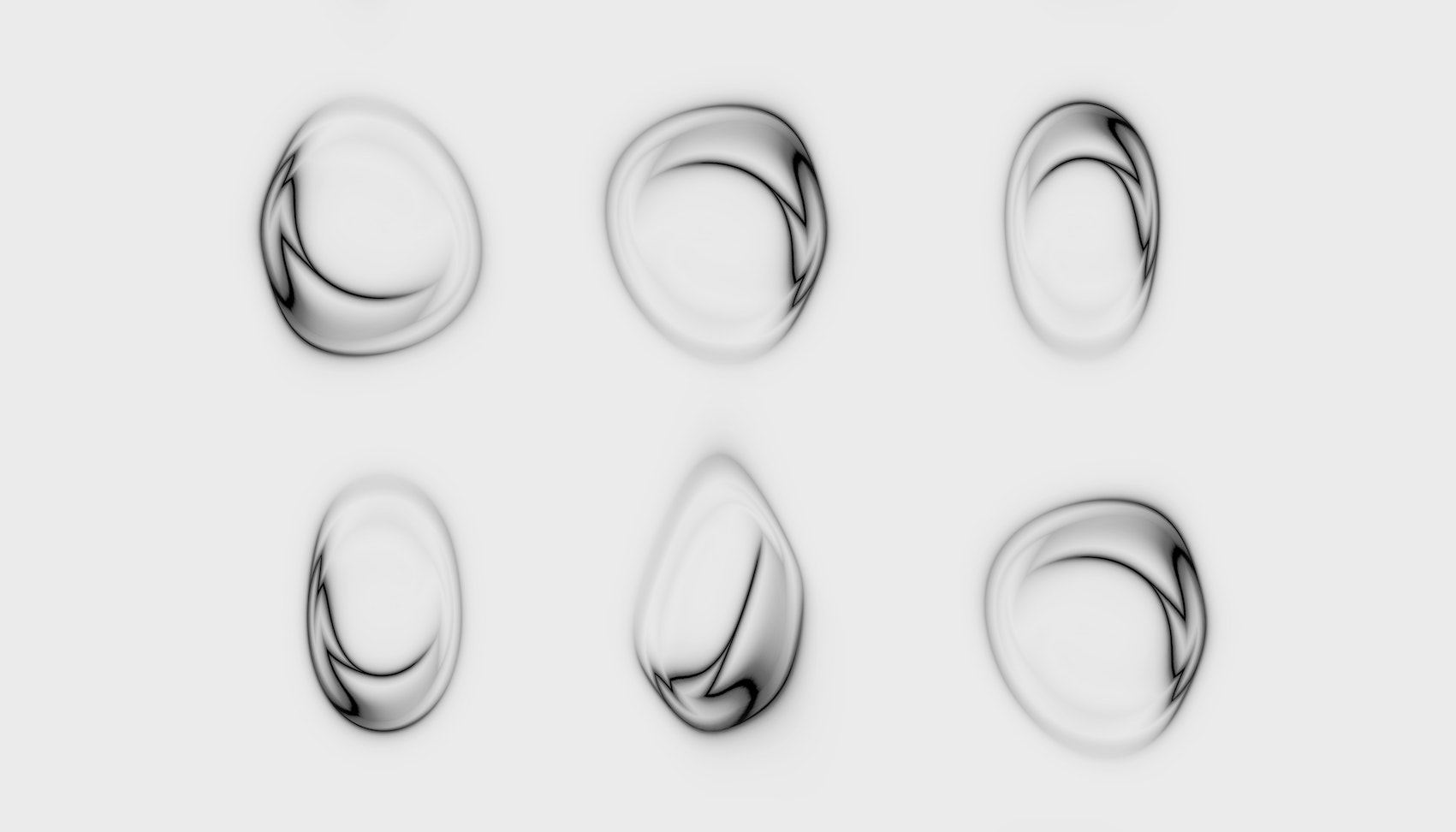"Sed ut perspiciatis unde omnis iste natus error sit voluptatem accusantium doloremque laudantium, totam rem aperiam, eaque ipsa quae ab illo inventore veritatis et quasi architecto beatae vitae dicta sunt explicabo. Nemo enim ipsam voluptatem quia voluptas sit aspernatur aut odit aut fugit, sed quia consequuntur magni dolores eos qui ratione voluptatem sequi nesciunt."
Data Scientist
& Data Engineer Physicist

- Name: Matthew Stott
- Where: Munich, Germany
- Study: King's College London
- Degree: PhD Mathematics & Theoretical Physics
- Mail: matthewstott@protonmail.com
-
Süddeutsche Zeitung
Data Scientist / Data Engineer2022 - 2025 -
The Story Market
Data Scientist2020 - 2022 -
Faculty AI
Data Science Fellow2020 - 2020
-
PhD Mathematics & Theoretical Physics
King's College London2015 - 2019 -
MSci Physics
King's College London2011 - 2015
-
We perform an extensive analysis of the statistics of axion masses and interactions in compactifications of type IIB string theory, and we show that black hole superradiance excludes some regions of Calabi-Yau moduli space. Regardless of the cosmological model, a theory with an axion whose mass falls in a superradiant band can be probed by the measured properties of astrophysical black holes, unless the axion self-interaction is large enough to disrupt formation of a condensate. We study a large ensemble of compactifications on Calabi-Yau hypersurfaces, with \(1 \leq h^{1,1} \leq 491\) closed string axions, and determine whether the superradiance conditions on the masses and self-interactions are fulfilled.
String theory does not predict a unique low-energy effective theory in four-dimensional spacetime. Instead, compactifications of the ten-dimensional superstring theories on six- manifolds generate a landscape of possible theories. The ten-dimensional theories contain p-form fields, and reducing these on p-cycles of the internal space leads to a potentially large number of pseudoscalar axion-like fields1 in the effective theory, a so-called axiverse.
The axion mass spectrum is largely determined by the Kähler parameters, for mild assumptions about the contributing instantons, and takes a nearly-universal form when \(h^{1,1} \gg 1\). When the Kähler moduli are taken at the tip of the stretched Kähler cone, the fraction of geometries excluded initially grows with \(h^{1,1}\), to a maximum of \(\approx 0.5\) at \(h^{1,1} \approx 160\) and then falls for larger \(h^{1,1}\). Further inside the Kähler cone, the superradiance constraints are far weaker, but for \(h^{1,1} \gg 100\) the decay constants are so small that these geometries may be in tension with astrophysical bounds, depending on the realization of the Standard Model.
-
We obtain constraints from black hole superradiance in an ensemble of compactifications of type IIB string theory. The constraints require knowing only the axion masses and self-interactions, and are insensitive to the cosmological model. We study more than \(2 \times 10^5\) Calabi-Yau manifolds with Hodge numbers \(1 \leq h^{1,1} \leq 491\) and compute the axion spectrum at two reference points in moduli space for each geometry. Our computation of the classical theory is explicit, while for the instanton-generated axion potential we use a conservative model.
It has long been a dream of physicists working on quantum gravity and string theory to test their theories against observational and experimental data. In this regard, string theory has proven rather stubborn. Instead of a single low energy effective theory in four-dimensional spacetime, string theory provides a landscape of possible theories, including compactifications of superstring theories on six-manifolds such as Calabi-Yau threefolds (CY3’s) and discrete quotients thereof.
The measured properties of astrophysical black holes exclude parts of our dataset. At the point in moduli space corresponding to the tip of the stretched Kähler cone, we exclude \( \approx 50%\) of manifolds in our sample at \(95% \) C.L., while further inside the Kähler cone, at an extremal point for realising the Standard Model, we exclude a maximum of \( \approx 7%\) of manifolds at \(h^{1,1} = 11\), falling to nearly zero by \(h^{1,1} = 100\).
-
Black Hole measurements have grown significantly in the new age of gravitation wave astronomy from LIGO observations of binary black hole mergers. As yet unobserved massive ultralight bosonic fields represent one of the most exciting features of Standard Model extensions, capable of providing solutions to numerous paradigmatic issues in particle physics and cosmology. In this work we explore bounds from spinning astrophysical black holes and their angular momentum energy transfer to bosonic condensates which can form surrounding the black hole via superradiant instabilities.
Black holes (BHs) as solutions to Einsteins field equations offer a vital probe into the fundamental interactions and potential constituents of theories that deter- mine the nature of our Universe. Populations of BHs are often classified into mass bounds based on observational evidence to date.
Using recent analytical results we perform a simplified analysis with a generous ensemble of black hole parameter measurements where we find superradiance very generally excludes bosonic fields in the mass ranges;
Spin-0: \(3.8\times10^{-14} {\rm eV} \leq \mu_0 \leq 3.4 \times10^{-11} {\rm eV}, 5.5\times10^{-20} {\rm eV} \leq \mu_0 \leq 1.3 \times10^{-16} {\rm eV}, 2.5\times10^{-21} {\rm eV} \leq \mu_0 \leq 1.2 \times10^{-20} {\rm eV} \),
Spin-1: \(6.2\times10^{-15} {\rm eV} \leq \mu_1 \leq 3.9 \times10^{-11} {\rm eV}, 2.8\times10^{-22} {\rm eV} \leq \mu_1 \leq \) \( 1.9 \times10^{-16} {\rm eV} \),
Spin-2: \(2.2\times10^{-14} {\rm eV} \leq \mu_2 \leq 2.8 \times10^{-11} {\rm eV}, 1.8\times10^{-20} {\rm eV} \leq \mu_2 \leq 1.8 \times10^{-16} {\rm eV}, 6.4\times10^{-22} {\rm eV} \leq \mu_2 \leq 7.7 \times10^{-21} {\rm eV} \).We also explore these bounds in the context of specific phenomenological models, specifically the QCD axion, M-theory models and fuzzy dark matter sitting at the edges of current limits. In particular we include recent measurements of event GW190521 and M87* used to constrain both the masses and decay constants of axion like fields. Finally we comment a simple example of a spectrum of fields for the spin-0 and spin-1 cases.
-
Consistent frameworks of quantum gravity often predict the existence of large numbers of ultralight pseudoscalar degrees of freedom, forming the phenomenological landscape of the String Axiverse. The complexity of the compactified extradimensional spacetime manifold and plethoric ensemble of possible vacuum solutions, indicate these fields could possess parameters fixed to cosmologically significant scales in the associated four-dimensional effective field theories, which may span many decades. In the framework of string/M-theory, a systematic construction of the spectrum of these free model variables, the axion decay constant, \(f_{\rm a}\), and field mass, \(m_{\rm a}\), when studying explicit realisations of the string axiverse, is an arduous task to perform. The general approach to this problem requires extensive details of all instanton corrections to the model’s superpotential, along with a detailed knowledge of the full scalar potential, minimised in the supersymmetric theory. The difficulty of this task scales significantly when considering realistic axion/moduli population numbers. These have often been shown to appear at the order of tens or even hundreds of axionic fields, realised from well defined geometrical constructions and topological features of the model’s extra-dimensional manifold. It is therefore of great interest to consider methods which can alleviate these issues, specifically through a randomised statistical approach, due to the lack of definitive information we can assert on the higher-dimensional complex space. The link between free probability theory and the asymptotic nature of large random matrices has incorporated itself into various areas associated to multi-axion cosmology. These include models of inflation, quintessence and ensemble sampling of the superpotential Hessian in models of random supergravity. The complexities of these models can be reduced by considering a series of simple yet very powerful nomothetic principles applied to high-dimensional data structures. In this work we introduce a number of random matrix theory inspired models based loosely on axion field alignment considerations for the effective multi-field Lagrangian, as well as a random matrix treatment of the explicit realisation of the string axiverse in M-theory. We detail the forms of their limiting spectral distributions, which take universal forms and provide traceable results based on both central limits theorems and classical ensemble random matrix theory, along with the relevant powerful statements stemming from the field of free probability theory. Using these frameworks we investigate specific configurations of these models based on the initial basis we begin to sample our model, whilst providing simplistic fits to the limiting spectra through considerations for the spectral moments. Such models can be used to test both the presence and viability of axion contributions to the cosmic history, using hierarchical Bayesian inference techniques, along with the possibility of performing an analysis of other phenomenological consequences which may signal the appearance of these fields in our four-dimensional spacetime.
Cosmology in its essence holds a rich philosophical history, both grandiose in its ambitions and meticulous in its stubborn efforts to unify prodigious experimental data with the elegant, beautifully simplistic rigorous mathematical formulation. It cannot however, despite its successes, escape the reality (at least up to certain energy scales) that it contains an erroneous sector, theoretically and fundamentally disconnected in several key areas from the vibrant and luminous spectrum of the Standard Model of particle physics defining a vital, but currently detached, component of the elusive theory of everything.
To assess this, we discuss how astrophysical observations for stellar binary and supermassive black hole systems can be used to exclude the existence of axions spanning a large portion of the ultralight mass parameter space, via the superradiance phenomenon. We show how these measurements can be used to constrain properties of the defined and introduced universal statistical distributions, associated to multiple bosonic field theories, covering axion phenomenologies important to the dark sector of cosmological physics and grand unified theories. The presence of multiple fields can enhance the exclusion bounds on both solar and supermassive black holes in the so called Regge spin plane, as apposed to considering the case of a single field. In this work, we explore for the first time how these measurements can be used to constrain properties of statistical probability measure functions for the masses of multiple bosonic fields. We present an analysis of the statistical likelihoods for each of these models with recorded black hole data spin and mass measurements, in order to provide a picture of the significance of the axion parameter space and its phenomenology in effective theories. Quite generally, in the limit of weak self-interaction, our methodology excludes \(N_{\rm ax}=30\) axion-like fields, associated to a range of mass distribution widths and central values, spanning many orders of magnitude. We demonstrate this for the specific example of axions motivated by string theory and M-theory in the random matrix theory axiverse, where the mass distributions in specific configurations takes universal forms over logarithmic scales. Finally to conclude, we present an analysis of the background cosmological (quasi-)observables for a selection of the random matrix theory axiverse models, whilst incorporating axion field population numbers, \(N_{\rm ax}\sim \mathcal{O}(10-100)\). This significantly reduces the number of parameters from \(2N_{\rm ax}\) to a small number of statistical hyper- parameters related to the matrix parameters which regulate the spectral moments of the parameter distributions. Once again our choice of models in this analysis rep- resents a selection of random matrix models, either motivated purely by statistical considerations, or the structure is specified according to a class of M-theory models and stochastic variables. If the axion masses and (effective) decay constants, lie in specific ranges, then axions contribute to the cosmological dark matter and dark energy densities. We use these models to assess the chance of reproducing suitable dark matter or dark energy cosmologies. Our methodology incorporates the use of both random matrix theory sampling and Bayesian networks. Using Bayesian methods in a a hierarchical model we constrain the hyperparameters of the sta- tistical axion distributions. In some cases the hyperparameters can be related to theoretical aspects of string theory, e.g. constraining the number ratio of axions to moduli, or the typical decay constant scales needed to provide the correct relic densities today.
-
Consistent frameworks of quantum gravity often predict the existence of large numbers of ultralight pseudoscalar degrees of freedom, forming the phenomenological landscape of the String Axiverse. The complexity of the extra-dimensional compactification manifolds and vacua determine that these fields could possess parameters with cosmologically significant scales, which span many decades. Astrophysical observations of stellar binary and supermassive black hole systems can be used to exclude the existence of certain ultralight massive bosons, via the superradiance phenomenon. In this work it is shown how these measurements can be used to constrain properties of statistical distributions for the masses of multiple bosonic field theories, inspired by axion field alignment models and an explicit realisation of the string axiverse in M-theory.
Axions or axion like particles (ALPs) are omnipresent components in string/M-theory frameworks which serve as consistent theories of quantum gravity. The complex topological properties of the extra dimensional manifolds are often associated with a large number of moduli possessing scales likely important to understanding the full evolution of the cosmic history. A full and detailed understanding of the systematics of the full scalar potential is an enormously imposing task and so various low energy descriptions of these models have enjoyed the benefits of effective field theories (EFTs), incorporating random matrix theory (RMT) and the universal nature their cosmologically defining parameters could take.
Such a methodology can exclude \(N_{\rm ax}=30\) axion-like fields with a range of mass distribution widths and central values spanning many orders of magnitude, covering axion phenomenologies important to the dark sector and grand unified theories. This is demonstrated for several examples of axions in string theory and M-theory, where the mass distributions in certain cases take universal forms found in random matrix theory.
-
Astrophysical observations of spinning black holes, which span \(5M_\odot \leq M_{\rm BH} \leq 5\times 10^{10} M_\odot\), can be used to exclude the existence of certain massive bosons via the superradiance phenomenon. In this work, we explore for the first time how these measurements can be used to constrain properties of statistical distributions for the masses of multiple bosonic fields. Quite generally, our methodology excludes \(N_{\rm ax}\geq 30\) scalar fields with a range of mass distribution widths and central values spanning many orders of magnitude.
The Penrose process allows bosonic waves infalling into a Kerr black hole (BH) to emerge with more energy than incident upon entry at the horizon, in exact analogy to other superradiant processes in physics, such as Cherenkov radiation. If the bosons can be confined around the BH by a mirror, then this amplification process continues without limit leading to Press and Teukolsky’s “black hole bomb” scenario.
We demonstrate this for the specific example of axions in string theory and M-theory, where the mass distributions in certain cases take universal forms. We place upper bounds on \(N_{\rm ax}\) for certain scenarios of interest realized approximately as mass distributions in M-theory, including the QCD axion, grand unified theories, and fuzzy dark matter.
-
Axions arise in many theoretical extensions of the Standard Model of particle physics, in particular the “string axiverse.” If the axion masses, \(m_{\rm a}\), and (effective) decay constants, \(f_{\rm a}\), lie in specific ranges, then axions contribute to the cosmological dark matter and dark energy densities. We compute the background cosmological (quasi)observables for models with a large number of axion fields, \(N_{\rm ax}\sim \mathcal{O}(10-100)\), with the masses and decay constants drawn from statistical distributions. This reduces the number of parameters from \(2N_{\rm ax}\) to a small number of “hyperparameters.” We consider a number of distributions, from those motivated purely by statistical considerations to those where the structure is specified according to a class of M-theory models.
These problems at the heart of particle and cosmological physics today force us to explore a wide range of theories beyond the Standard Model (BSM). Many such theo- ries invoke ideas combining a combination of extra dimensions of spacetime and supersymmetry (SUSY), with the leading such theory being string/M-theory. The extra dimensions are compact in these models which in turn leads, in the low energy, (3+1)-dimensional description, to the existence of massless pseudoscalar axion-like fields (which, for simplicity, we now refer to as simply “axions”).
Using Bayesian methods we are able to constrain the hyperparameters of the distributions. In some cases the hyperparameters can be related to string theory, e.g. constraining the number ratio of axions to moduli, or the typical decay constant scale needed to provide the correct relic densities. Our methodology incorporates the use of both random matrix theory and Bayesian networks.
-
We study the relative contribution of cusps and pseudocusps, on cosmic (super)strings, to the emitted bursts of gravitational waves. The gravitational wave emission in the vicinity of highly relativistic points on the string follows, for a high enough frequency, a logarithmic decrease. The slope has been analytically found to be \(\frac{4}{3}\) for points reaching exactly the speed of light in the limit \(c=1\). We investigate the variations of this high-frequency behavior with respect to the velocity of the points considered, for strings formed through a numerical simulation, and we then compute numerically the gravitational waves emitted.
Applying Grand Unified Theories (GUTs) in the context of the early Universe, one concludes that as the Universe expands and its temperature drops, it undergoes a series of phase transitions followed by spontaneously broken symmetries, which may leave behind topological defects as false vacuum remnants. Cosmic strings are one-dimensional such topological defects, generically formed after a period of hybrid inflation; they can lead to a variety of observational consequences. In the context of string theoretic models, brane interactions can lead to fundamental strings, one-dimensional Dirichlet branes, and their bound states, which are collectively referred to as cosmic superstrings. These objects, which could be formed for instance at the end of brane inflation, are the quantum analogs of the field theoretic one-dimensional topological defects and can play a similar cosmological role.
We find that for string points moving with velocities as far as \(10^{-3}\) from the theoretical (relativistic) limit \(c=1\), gravitational wave emission follows a behavior consistent with that of cusps, effectively increasing the number of cusps on a string. Indeed, depending on the velocity threshold chosen for such behavior, we show that the emitting part of the string worldsheet is enhanced by a factor \(\mathcal{O}(10^{3})\) with respect to the emission of cusps only.








